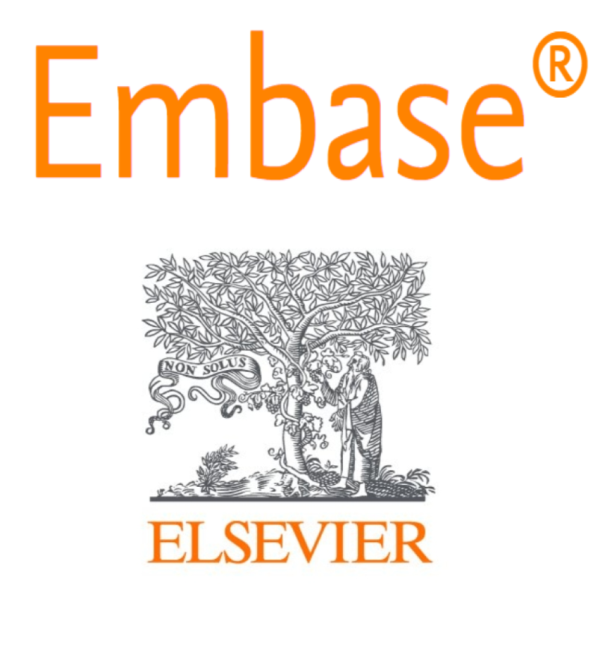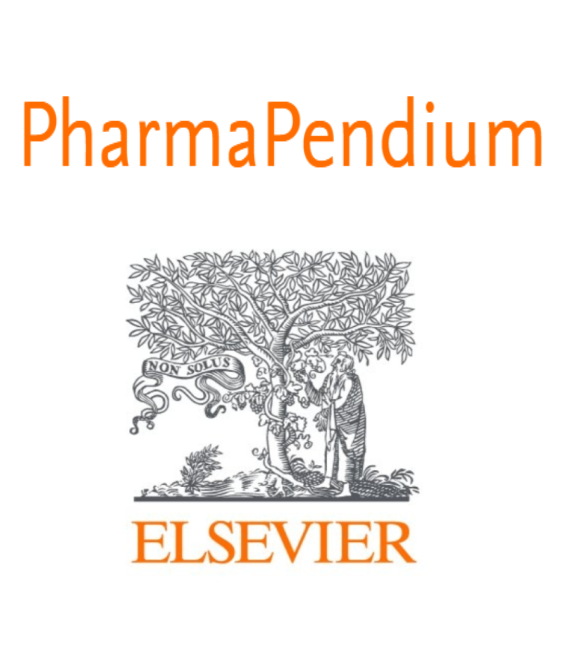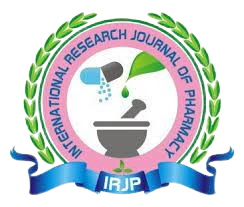Preparation and Characterization of Surface-Modified, Magnetically Targeted Nanocarriers for Enhanced Transdermal Delivery of a Hydrophilic Anti-Inflammatory Drug via Iontophoresis
DOI:
https://doi.org/10.56802/nn1fmp43Keywords:
Magnetic nanocarriers, Fe₃O₄ nanoparticles, transdermal delivery, iontophoresis, Diclofenac sodium, PEG–Chitosan coating, drug release kinetics, magnetic targeting, skin permeation, controlled drug deliveryAbstract
BackgroundTransdermal delivery of hydrophilic drugs remains a major challenge due to limited permeability through the stratum corneum. To overcome this, magnetically responsive nanocarriers integrated with iontophoretic enhancement were developed to improve the localized and controlled delivery of a model anti-inflammatory drug, Diclofenac sodium.
Methods
Magnetic nanoparticles (Fe₃O₄) were synthesized via a co-precipitation method and surface-modified using chitosan and PEG to enhance biocompatibility and stability. The drug was loaded through adsorption, yielding an encapsulation efficiency of 78.6 ± 2.3 %. The nanocarriers were characterized for particle size (132.5 ± 5.8 nm), zeta potential (+27.8 mV), morphology (TEM/SEM), magnetic behavior (VSM), and chemical interactions (FTIR, DSC). In-vitro drug release and transdermal permeation studies were performed under magnetic and iontophoretic conditions using Franz diffusion cells and rat abdominal skin.
Results
The developed nanocarriers exhibited superparamagnetic behavior with saturation magnetization of 54.2 emu g⁻¹, confirming responsiveness to external magnetic fields. Controlled biphasic release was observed, with 88 % cumulative release in 24 h under magnetic influence, compared to 70 % without the field. In transdermal permeation studies, the flux of Diclofenac increased from 14.8 µg cm⁻² h⁻¹ (passive diffusion) to 108.6 µg cm⁻² h⁻¹ under combined magnetic + iontophoretic conditions, representing a 7.3-fold enhancement ratio. Skin deposition also improved markedly (from 18.5 % → 55.2 %) compared to conventional gel. The results demonstrated synergistic enhancement due to polymeric surface modification, magnetic targeting, and iontophoretic propulsion.
Conclusion
The proposed PEG–Chitosan–Fe₃O₄ nanocarrier system, when coupled with iontophoresis, offers an efficient and non-invasive strategy for the transdermal delivery of hydrophilic anti-inflammatory drugs. The integration of magnetophoretic guidance and electro-driven transport provides controlled release, improved bioavailability, and enhanced skin retention—highlighting its potential for localized therapeutic applications in pain and inflammation management.








